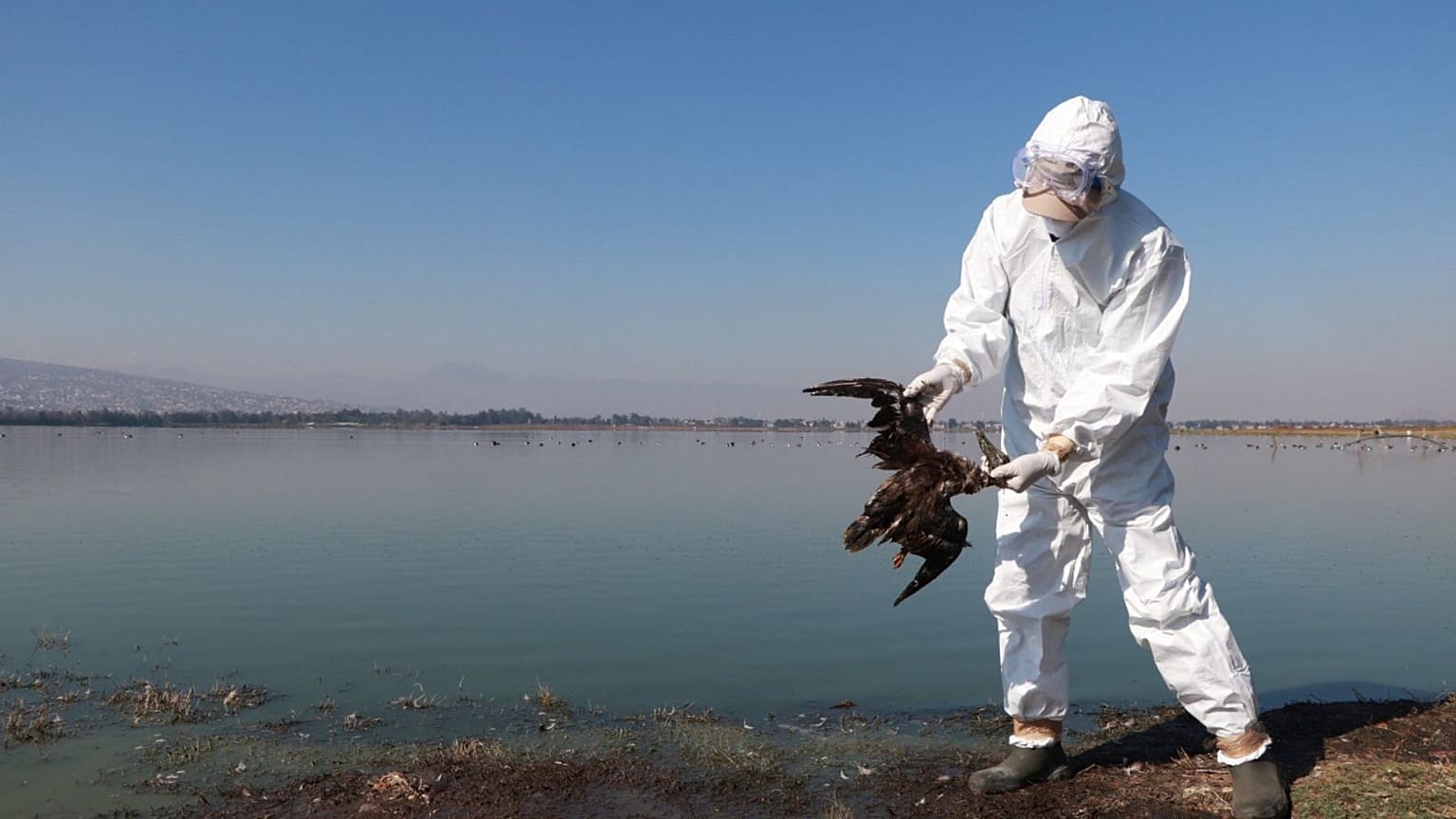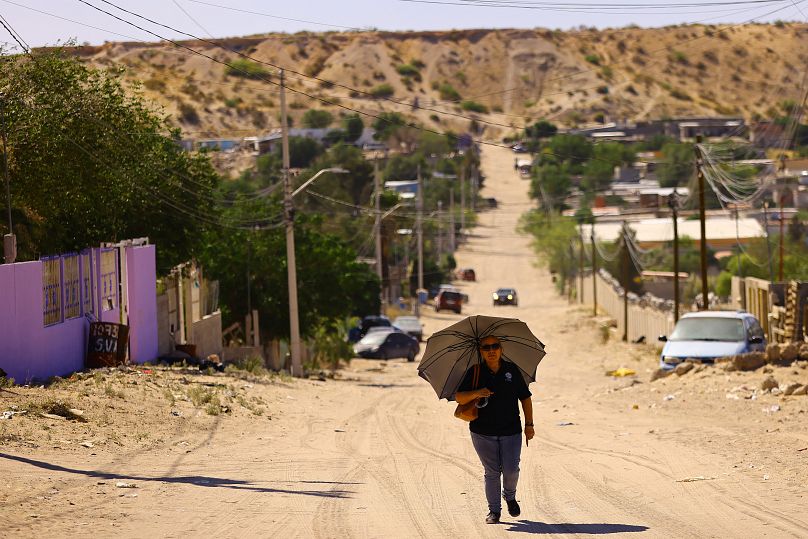Hot ocean currents caused by El Niño, not avian flu, were behind the deaths of pelicans, seagulls and other wild birds, tests suggest.
When hundreds of birds were found dead along Mexico's Pacific coast earlier this year, experts immediately suspected avian flu.
But tests now suggest that warming Pacific ocean currents associated with El Niño, not bird flu, were responsible for the mass die-off.
The findings were announced by the government yesterday, as authorities urged people to take care during an ‘atypical’ heatwave across the country.
El Niño is a natural, temporary and occasional warming of part of the Pacific that shifts weather patterns across the globe.
In May, US National Oceanic and Atmospheric Administration climate scientist Michelle L’Heureux said El Niño had formed a month or two earlier than usual this year.
That “gives it room to grow,” she explained; there’s a 56 per cent chance it will be considered strong and a 25 per cent chance it reaches supersized levels.
El Niño caused the birds to starve, Mexico suspects
Mexico’s Agriculture Department said yesterday (15 June) that tests on the dead birds revealed they had died of starvation, not flu.
Warming surface water in the Pacific caused by El Niño can drive fish into deeper, cooler water, making it harder for birds to find food, the department said.
Most of the dead birds were Sooty Shearwaters, seagulls and pelicans. They died in states ranging from Chiapas, on the border with Guatemala, all the way north and west to Baja California.
“According to autopsies carried out by veterinarians and specialised biologists, it was found that the animals died of starvation,” the department said.
“The most probable cause of this epidemiological event is the warming of the waters of the Pacific due to the El Niño meteorological effect, which causes fish to seek deeper, colder waters, preventing sea birds from catching food.”
Mexico is sweltering under an 'atypical' heatwave
People in Mexico have been urged to take safety precautions as an unusual late Spring heatwave has sent temperatures soaring.
Health ministry data through 9 June shows that at least six people have died this year as a result of the higher-than-normal temperatures.
Mexico's national meteorological service forecast temperatures over 30C on Thursday in all of the country's 32 states, with highs at least 10 degrees hotter in 23 of them.
"It's a lot," said retiree Roberto Cardenas, referring to the 32C heat, explaining that around 15 degrees cooler is more common.
In Monterrey, the capital of Nuevo Leon state, emergency services workers gave out cups of cold water to pedestrians as the temperature climbed above 40C.
Erik Cavazos, head of Nuevo Leon's emergency services agency, stressed that the extended daily count for the current hot streak was noteworthy.
"In the last 20 years, we haven't had such a long heatwave," he said. "That's why we've labelled it atypical."
The heatwave will continue for 10-15 more days, according to a forecast from scientists with the Institute of Atmospheric Sciences and Climate Change at Mexico's National Autonomous University.



















